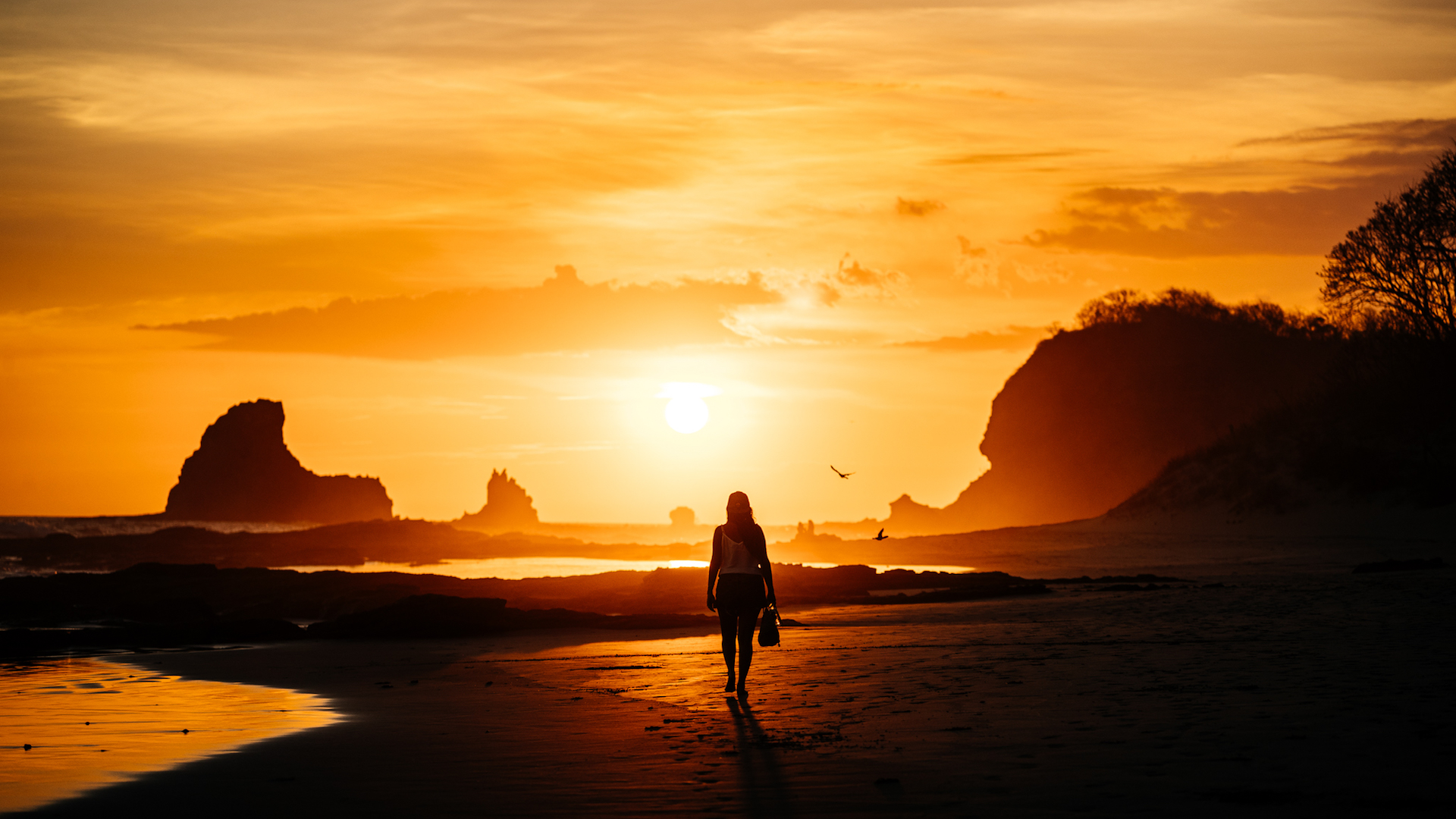The difference between a “good” photo and a “bad” photo is subjective, but a “marketable” image is easier to define. The market for stock images is growing rapidly, but while trends come and go, there are a few key ingredients that always make a photo stand out. For starters, all best-selling photos tell a story. They convey a clear and simple message, and they can be used for multiple purposes.
Luckily, just a few simple changes can elevate a “good” photo and turn it into a “marketable” one. Here are just eight easy ways to amp up the commercial appeal of your images, without interrupting your workflow. We’ve included both short-term and long-term tips, so you can start implementing them today and refine your approach over time.
The problem: Perfect photo, wrong orientation.
A stunning image isn’t enough to capture a buyer’s attention; it must also fit the specific format they need. For example, if your photo is only available in a landscape orientation, it won’t appeal to a designer looking for a vertical image for a magazine advertisement.
The solution: Upload different options.
For every shoot you do, try to submit both portrait and landscape orientations. Create some close-up images, and then capture those wide shots as well. Because buyers will likely add text or logos, leave ample copy space around your subject. Anticipate their needs, and cover your bases with different angles and perspectives.
The problem: Beautiful photo, saturated market.
In general, a photo of a dog will likely earn less than an equally wonderful photo of a wild caracal. That’s because there are tons of dog photos, and your image could get lost amongst the crowd.
The solution: Dare to be different.
The Eiffel Tower has already been covered extensively, so if you visit Paris, remember to wander off the beaten path. Instead of heading to the familiar tourist spots, ask locals about their favorite “hidden gem” locations. Discovering something others have missed will help you rise to the top of those searches.
The problem: Nice composition, subpar technique.
When it comes to Licensing, the technical details matter. A blurry or noisy image won’t fly with users. They’ll be looking at your image closely to make sure it’s just right.
The solution: Remember post-processing.
Shoot in RAW, and spend some time finessing your colors, contrast, and luminosity. Always view and edit your photos at 100%, and zoom in as close as you can. Look for any imperfections: chromatic aberrations, spots of dust, etc. and correct them before uploading.
Too much processing can also be an issue, so stay away from overpowering filters and effects. Get it right in-camera first by watching your Settings, and then use a light (but deliberate) touch during the editing process.
The problem: Cool subject, wrong background.
When it comes to commercial images, the background is just as important as your main subject. Buyers want clean backgrounds that don’t distract from the overall theme of the photo, and they want backgrounds that show off their text nicely. If you’re photographing a model in the street, for example, your shot could be ruined by heavy traffic in the background.
The solution: Use your Settings to your advantage.
Photos where your subject isn’t in focus will be rejected for Licensing, but that doesn’t mean that the background has to be crystal clear as well. When done correctly, using a shallow depth of field can transform an unattractive background into a dreamy tapestry of color and light.
The problem: Bankable concept, outdated props.
We live in an evolving world, and users always need more inspiring images that incorporate modern technologies. Tech is trending in lifestyle photography, but it has to be done right. For example, if you’ve included a phone from 2010 in your shoot, the resulting images won’t look fresh.
The solution: Watch the details, especially when you’re working with technology.
Something as minor as old computer model in the background could date your photo and limit its potential. To create a photo with longevity, skip outdated props and go for the cutting edge. Stay updated on trends within the tech industry, and use them as a point of departure.
The problem: Interesting topic, boring perspective.
Every photographer has a distinct style and aesthetic, but when it comes to Licensing, it’s important to appeal to a wide variety of buyers. If you put limits on the kinds of photos you create, you could limit your pool of potential sales.
The solution: Stay curious and adaptable.
Licensing is a great excuse to push yourself as an artist. Do what you do best, but at the same time, don’t be afraid to mix it up.
If you’re a classic landscape photographer, try a drone for some of your shots. If you’re a studio portrait photographer, try shooting outdoors using natural light. Used to shooting lifestyle photos during the daytime? Organize a shoot after dark.
The more you shoot, the better your chances of creating a best-seller. Remember to track your sales and see if certain content performs better than others.
The problem: Fun shoot, wrong models.
Designers want images their customers can relate to, and they can spot a posed, artificial photo from a mile away.
The solution: Work with real people.
If you’re planning a photoshoot about a rock band, choose models who know how to play their instruments correctly. For a shoot about a dentist, collaborate with someone in the field. For a photo set about businesspeople, try working in a real office.
In short, make sure your models know what they’re doing and aren’t just “pretending.” Selecting the right people is the first step towards producing natural images. Remember that real people are diverse. Represent them authentically.
The problem: Right idea, bad timing.
Designers start looking for holiday photos months in advance. If you upload your Fourth of July photos on July 4, you’ll miss out on all those early searches. You’ll have to wait until next year to see any sales, and by then, buyers could already be looking for something new.
The solution: Stay organized.
Keeping a calendar of major events, holidays, and pop culture milestones can help you plan your shoots ahead of time. If you see a topic trending on social media, don’t wait. Get your photos taken and uploaded as quickly as possible. Have them indexed and ready by the time people start searching for them.
Learn more about 500px Licensing.




![8 easy ways to make your photos more marketable 5 Colour Waves by Juergen A[R]T on 500px.com](https://drscdn.500px.org/photo/300364497/m%3D900/v2?sig=e55622aebd7e38947bbd14350b03332103cc09e299bbd32dc5d13b857f10e68a)